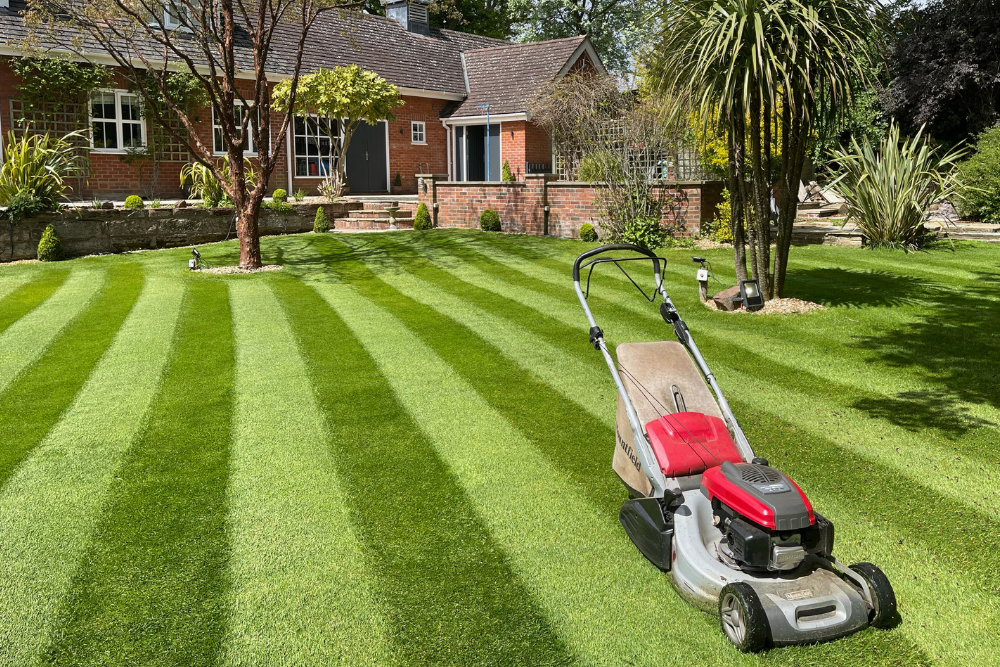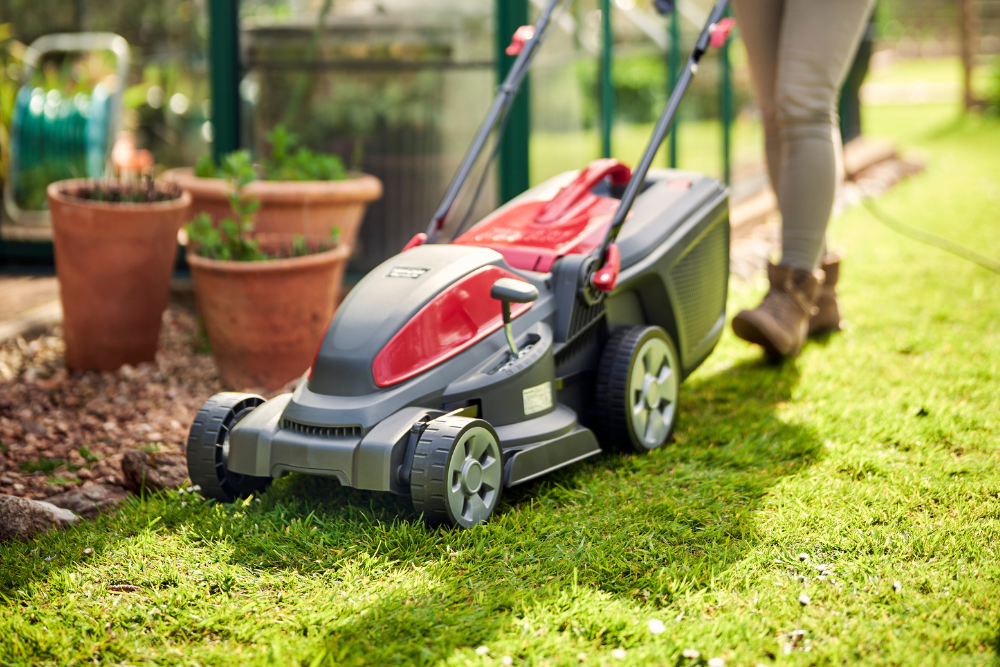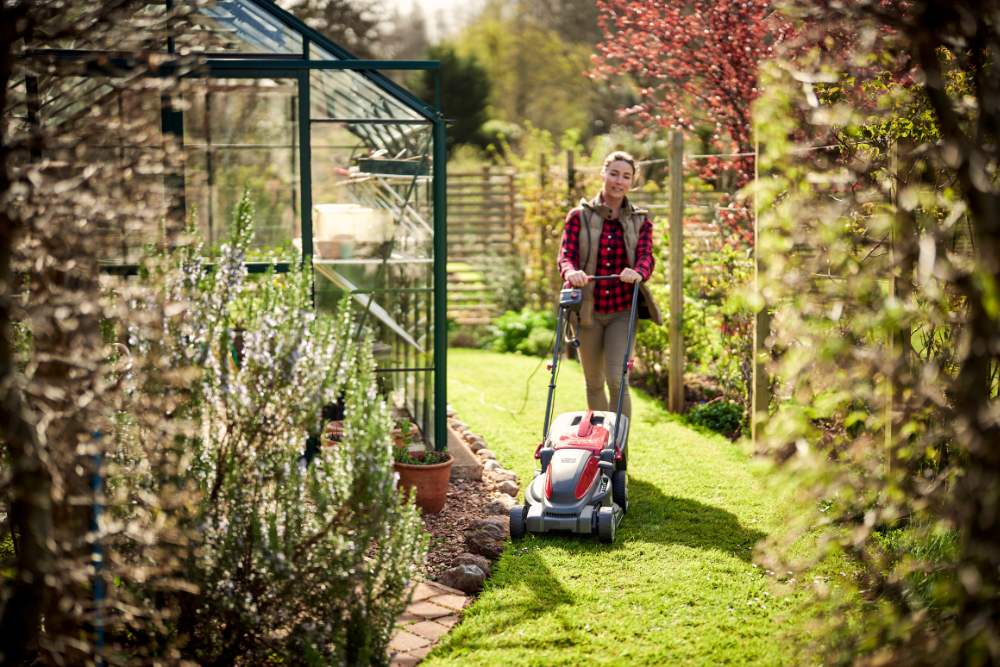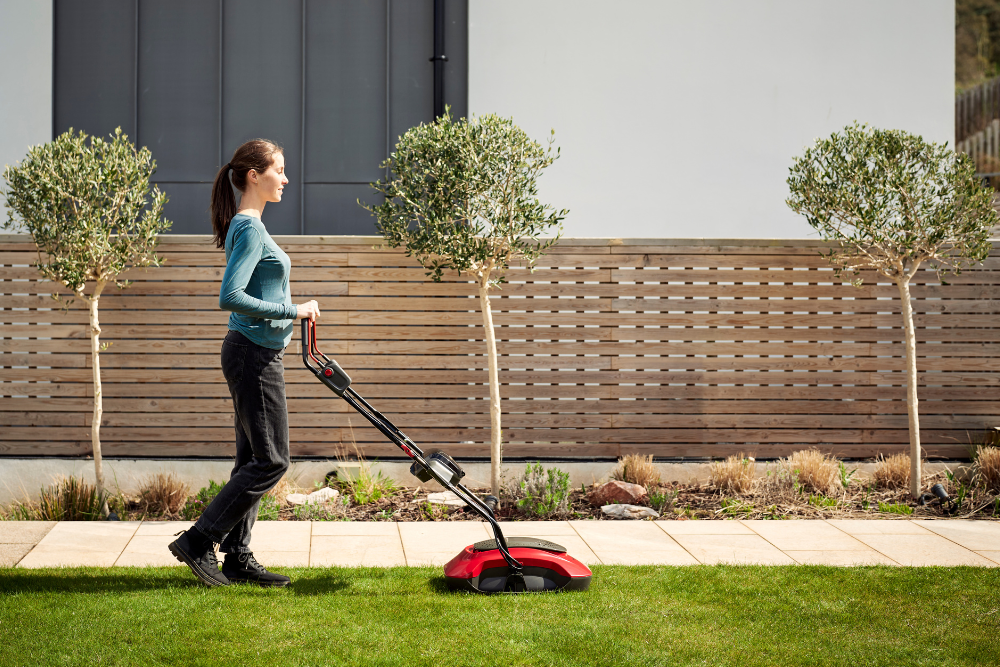- Maintenance tips & tricks
- 4-season garden care advice
- News from the gardening world
- Innovations & new product launches
Ask the Experts on 0800 669 6325 Mon - Fri 9am-5pm - Sat 10am-4pm or Contact us
Ask the Experts on 0800 669 6325 Mon - Fri 9am-5pm - Sat 10am-4pm or Contact us
Summer can take its toll on any lawn. But it needn’t be cause for panic – some basic understanding of how lawns work and of the impact of our variable weather will answer the most common questions asked by people who want their lawn looking good in the summer.
.png)
Any competent gardener knows their garden is its own unique eco-zone - unique levels of light, shade and airflow, and even a personalized zoological mix of bugs, bees, butterflies and birds determined by its geography and planting. And it’s the same for lawns - no two lawns are identical.
But they do all have a couple things in common – they each have a grass-species profile and they all grow in soil. And when you understand what’s growing in the sward and what’s nurturing the roots, you have the solutions to the most common summertime problems.

Photo courtesy of our friends @cheshire_home_and_vista
Most UK lawns comprise just two main types of grass – bents and fescues, both natural species. Routine care is pretty much the same for both, so the only time this really matters is if you are trying to achieve a Wimbledon-style of ‘perfection’.
Things have changed during the past decade in the world of lawn tennis – the grass species to be precise. Dwarf Ryegrass is now the go-to option for easier maintenance on those courts. And it’s tough enough to endure the likes of Nadal and our own Sir Andrew! Producing less thatch, it also improves ball bounce. And you can have all this in your own lawn too, but be careful.
The chief advantage, however, is that your dwarf rye gives you a much deeper colour. Just be warned – ryegrasses do not spread like other species and can wear out and thin out; Wimbledon’s grass is also replaced every year! As with anything, if you want the very highest standards, you have make the investment.

Mountfield Electress 38 Electric Lawnmower
Lawn lovers usually welcome the conditions we’ve experienced recently – but that glorious lush growth brings its own problems! And if ignored, the lawn will soon start to go downhill.
You’ll rarely get rainwater pooling on the surface, but it’s still saturating the soil beneath. And very few of our garden plants like to sit in water. So the answer has to be aeration, helping the water to percolate and letting vital air into and through the soil profile.
Hollow tine aeration is a really useful job to do before the onset of winter. It will create a healthy open soil profile by allowing cracks and fissures to develop, perfect for future root development. Solid tine aeration is fine if you have really good soils – but never ever use a garden fork! Leave that for digging the beds.
Of course the other danger arising from wet summers is disease. The worst of these is Red Thread which thrives in these conditions and can really ruin the look of a lawn. A good prevention is to keep your lawn properly fed. You can also use some moss control products (those containing Fe) to keep the disease in check.

Mountfield Electress 34 Electric Lawnmower
It’s all too easy to enjoy good weather and forget the toll it may be taking – especially if the lawn looks fine up top. But down below, the soils will be shrinking and compacting as they dry up, starving the roots and harming the essential microbial culture. Meanwhile the sun is also baking the surface hard.
Hollow tine aeration after a prolonged dry spell will relieve this compaction, allowing air and rain to reinvigorate the soil. And, by also breaking up the surface compaction, this will assist in water percolation and discourage moss.
Feeding plays its part too. In these tough dry conditions, the grass will be forced to use up more of its leaf-stored energy and will also develop more thatch (much loved by moss). A good quality balanced feed will restore much needed vigour to the plants as they adjust to the relieved soil and surface conditions. It will also lead to quicker recovery times too.

If only! But the answer is a resounding ‘no’ (unless you have a professional grounds-person’s resources and time). The lawn is like any other part of the living garden – it always needs a little help from us. But it rewards us many times over.
We have to be realistic about weather and its impact – it’s part of the fun and the challenge of nurturing a living outdoor room! All plants need food, water, air, sunlight and warmth, and our job is to balance out some of this if nature decides to go its own way and buck the seasonal trends. Nature is massively capable of ‘beating’ us; we just need to work with it, not against. Here are some staple jobs that will pay dividends:

Mountfield Typhoon Cordless Hoover mower